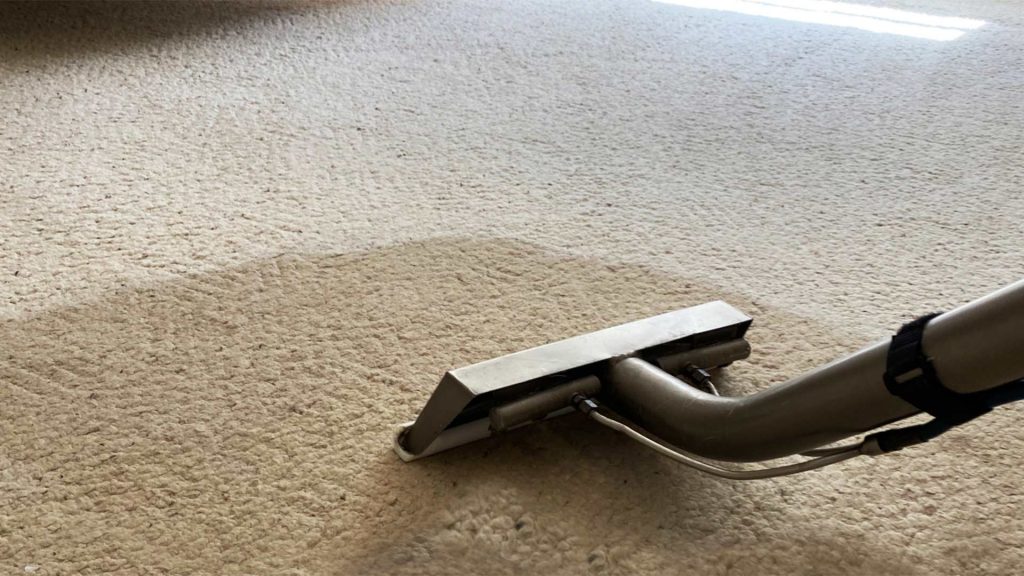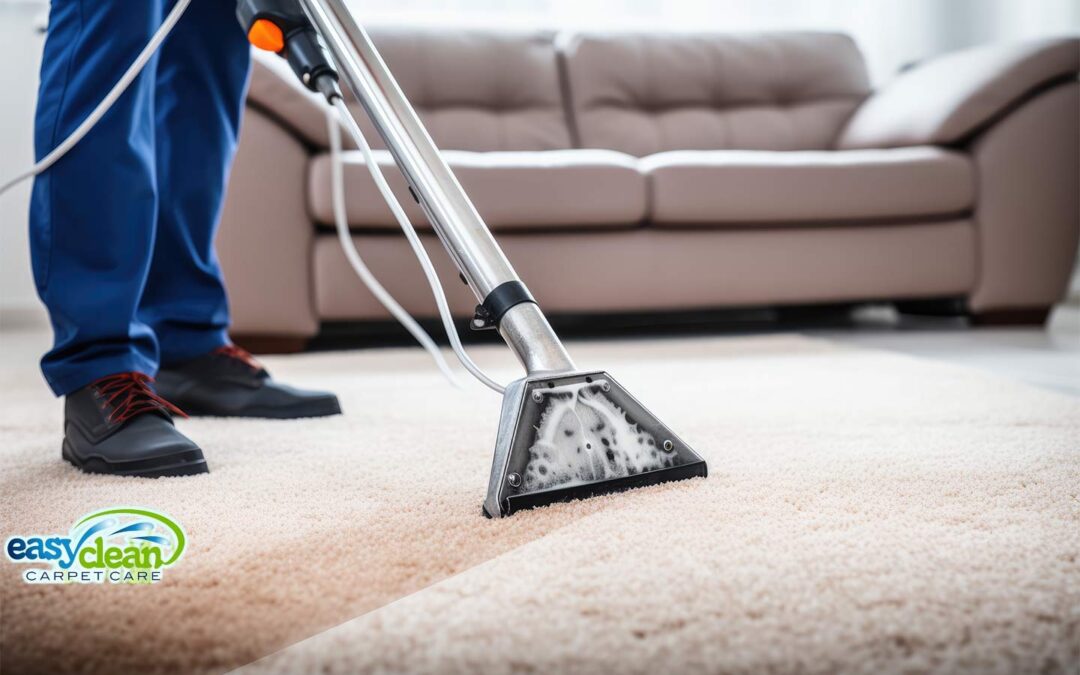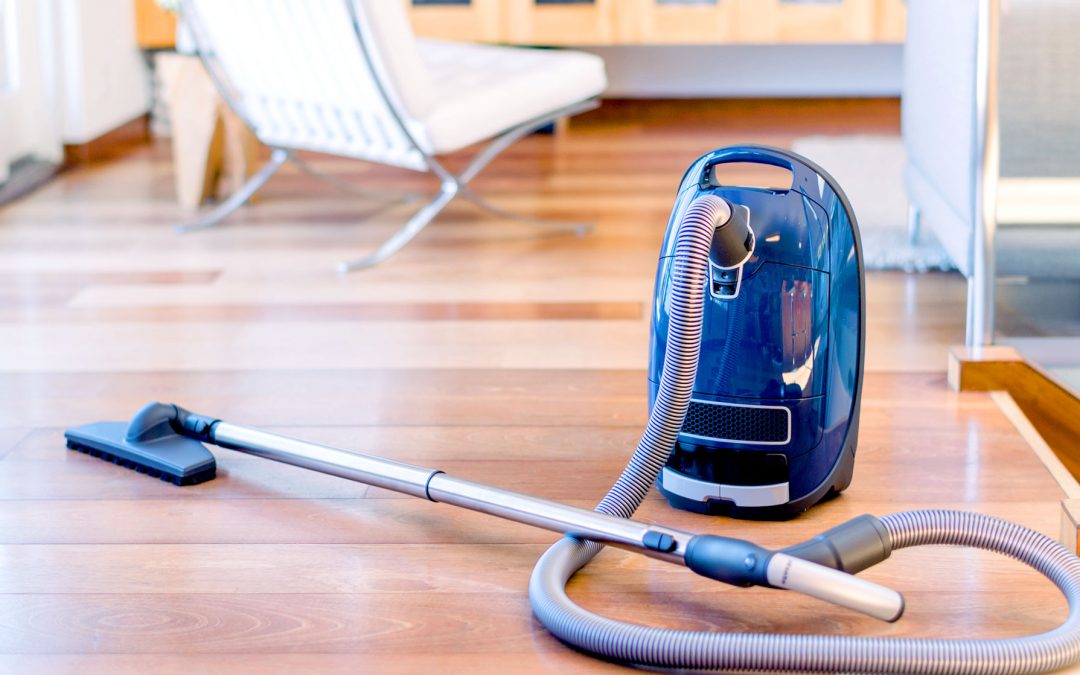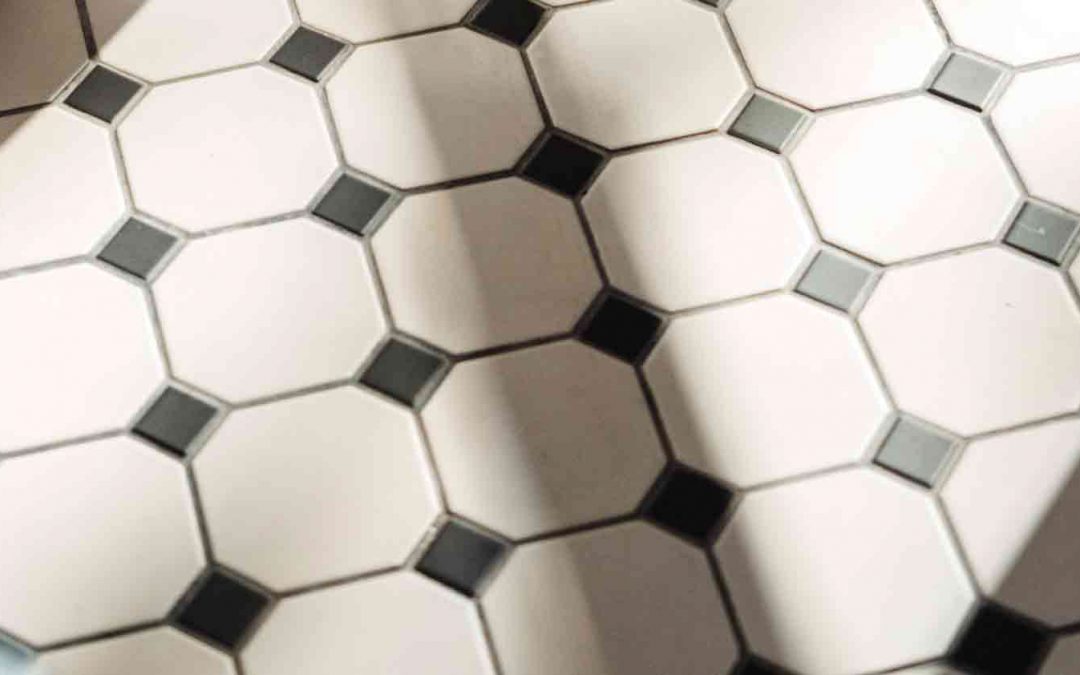Has any part of your upholstery accumulated dust, pet hair, etc.? Do you want to clean them? Well, handy tips can help you in removing the dirt’s, making the upholsteries get cleaned properly. As you know upholstery cleaning in Sacramento, CA is important and it is...
Tips for Maintaining Clean Carpets in Between Professional Cleanings
Routine Maintenance is Essential in Extending Carpets Lifespsan.
Maintaining clean carpets is essential for a healthy and aesthetically pleasing home environment. While professional cleanings are crucial for deep cleaning, routine care plays a pivotal role in extending the lifespan of your carpets. In this comprehensive guide, we will provide you with effective tips to keep your carpets spotless between professional cleanings.
Regular Vacuuming: The Foundation of Carpet Maintenance
Frequent vacuuming is the cornerstone of carpet maintenance. It not only removes surface dirt but also prevents it from settling deep into the fibers. Invest in a high-quality vacuum cleaner with a HEPA filter to capture even the tiniest particles, such as dust mites and allergens. Aim to vacuum high-traffic areas at least twice a week and less frequented areas once a week.
Immediate Stain Removal: Act Swiftly, Clean Efficiently
Stains are inevitable, but their impact can be minimized with prompt action. When spills occur, act swiftly to prevent the substance from penetrating the carpet fibers. Blot the stain with a clean, dry cloth to absorb as much liquid as possible. Avoid rubbing, as it can spread the stain. For stubborn stains, concoct a mixture of white vinegar and water or use a specialized carpet cleaner. Gently blot the stain until it disappears.
Adopt a “No Shoes” Policy: Preserve Your Carpet’s Integrity
Implementing a “no shoes” policy in your home can significantly reduce the amount of dirt and debris brought onto your carpets. Shoes, especially those worn outdoors, carry a plethora of contaminants. Designate an area near the entrance for shoes or provide slippers for guests. This simple yet effective strategy helps maintain a cleaner living space and reduces the frequency of professional cleanings.
Rotate Furniture: Equalize Wear and Tear
Heavy furniture can leave permanent indentations on your carpets, affecting their appearance and longevity. To distribute wear and tear evenly, periodically rotate your furniture. This ensures that specific areas of your carpets aren’t subjected to constant pressure, maintaining a uniform and pristine appearance.
Invest in High-Quality Doormats: Defense at Your Doorstep
Placing high-quality doormats at entrances serves as a first line of defense against dirt and debris. Opt for abrasive-resistant mats that effectively capture and trap particles from shoes. Regularly clean and shake out the mats to prevent them from becoming saturated and losing their effectiveness. This simple yet often overlooked step can significantly contribute to the cleanliness of your carpets.
Professional Cleaning Schedule: Stick to a Routine
While this guide focuses on maintaining carpets between professional cleanings, it’s crucial to adhere to a regular cleaning schedule. Professional carpet cleaning should be performed at least once a year, more frequently if you have pets or a high-traffic household. This deep cleaning process extracts embedded dirt, allergens, and bacteria, ensuring a hygienic and visually appealing carpet.
Conclusion
In conclusion, maintaining clean carpets is an ongoing process that involves a combination of regular vacuuming, immediate stain removal, and strategic preventive measures. By following these tips, you’ll not only keep your carpets in optimal condition but also extend their lifespan. Remember, a clean carpet contributes not only to a healthier home but also to a more inviting and comfortable living space.






Recent Comments